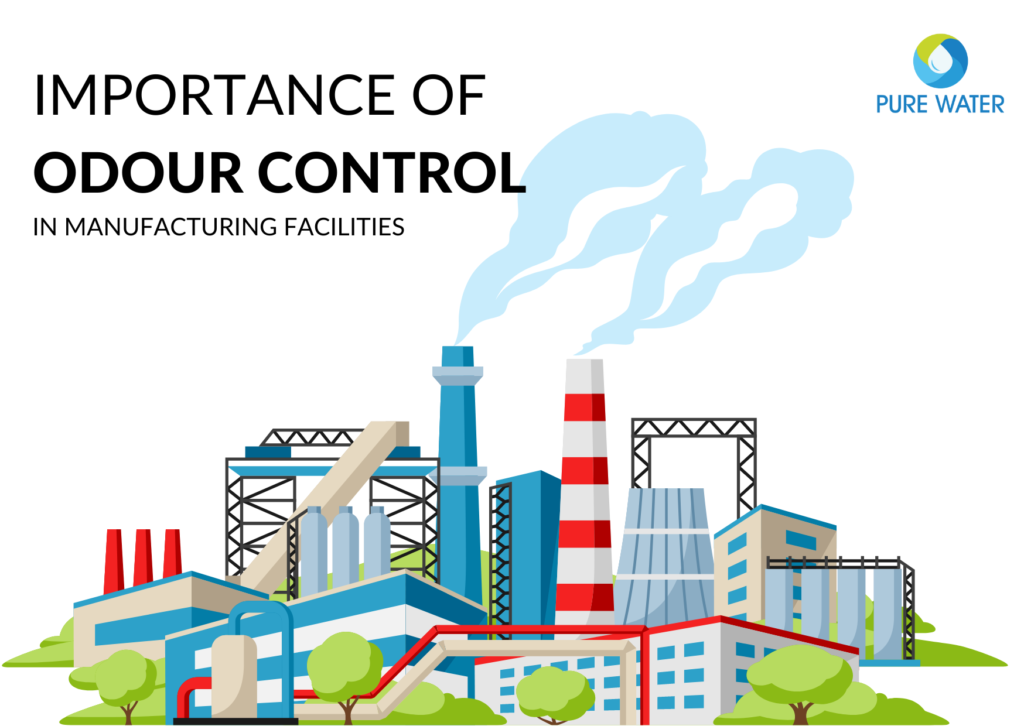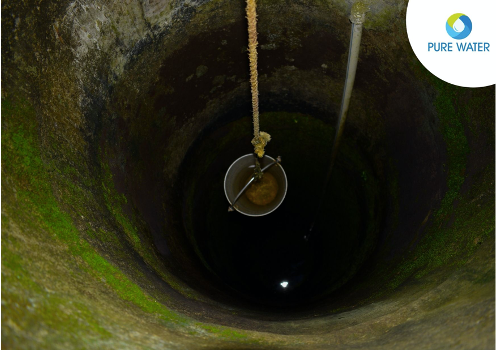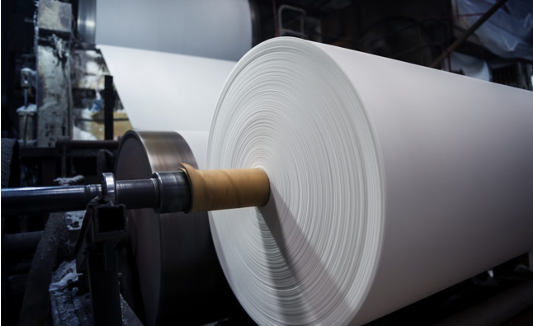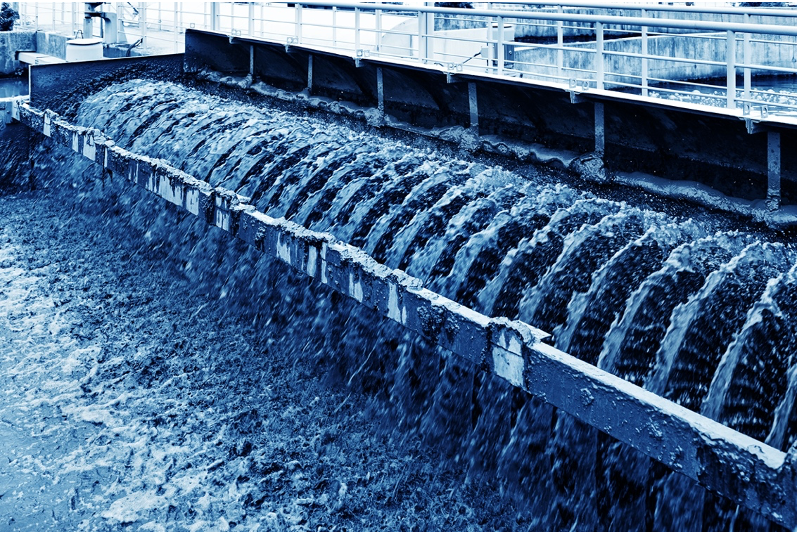
Industrial odours are produced by a variety of organisations and facilities, including wastewater treatment and chemical processing, to food manufacturing, the development of infrastructure, rubbish incineration and more.
Industrial odours are also affected by environmental factors; for example, higher temperatures almost always lead to intensified odours, and the speed or direction of the wind can carry odours greater distances or in different directions. As towns and cities continue to grow and sprawl, this is becoming more of a problem. Facilities that used to be fairly isolated from the general population are facing the challenge of operating with ever-closer neighbours, making odour elimination increasingly important.
Problematic odours can be generated by many different industrial processes, for example:
- Certain production processes result in offensive odours being emitted
- Unsuitable covers being used at wastewater treatment sites
- Microbial decomposition and decay
- Organic substances present in anoxic (anaerobic) water
- Older processing equipment in use that is in need of repair or maintenance
The Adverse Impact of Industrial Odours:
- Without proper odour control, industrial odours can drift into surrounding areas and cause stakeholders to complain.
- Local municipality or government involvement, leading to serious damage to the brand’s reputation.
- Constant exposure to offensive odours at work can severely affect the mental health and job satisfaction of employees.
- Odour caused at manufacturing facilities can spread to neighbouring townships/cities and cause a major inconvenience to residents.
- Insufficient odour control can also leave a business in breach of regulations & license requirements, which could culminate in licenses being revoked, as well as hefty fines.
Odour Control Solutions:
Strong Oxidizing Biocides: An “oxidizing agent” removes electrons from reactive molecules. By this process, strong biocides like chlorine dioxide and ozone use oxygen to quickly neutralize the odour. It is effective at removing almost all odours present at manufacturing facilities . Whether you smell rotten food or your vehicle interior smells funky, ClO2 will fix it.
Activated Carbon: Activated carbon is renowned for its ability to control gaseous odours by ensuring the removal of specific VOCs and other organic contamination. The carbon acts as a sponge, soaking up odours as the air passes over it. Activated carbon becomes saturated quickly, meaning it needs to be replaced or regenerated regularly.
Misting and Dosing Systems: Misting and dosing systems use specialised blends of essential oils, surfactants and organic compounds to encourage the absorption and decomposition of odours, converting molecules into non-volatile compounds. They are typically installed at the ground works stage of construction projects or as a boundary barrier at sensitive sites, and can eliminate both airborne and surface-based odours.
Aeration: Industrial wastewater is responsible for the bulk of industrial odours. Odourous compounds are formed in water when by-products of industrial processes degrade in anaerobic conditions, which are then released into the air. Aerators stir up water in treatment basins to increase the oxygen content, allowing for aerobic degradation that precludes the formation of odourous compounds.
The pressure on organisations and facilities to keep the odours released from their industrial premises under control will continue to increase. To find out more about the various available options for controlling or removing industrial odours, get in touch with us at info@purewaterent.net.






About The Author: Rahul Mehta
More posts by Rahul Mehta